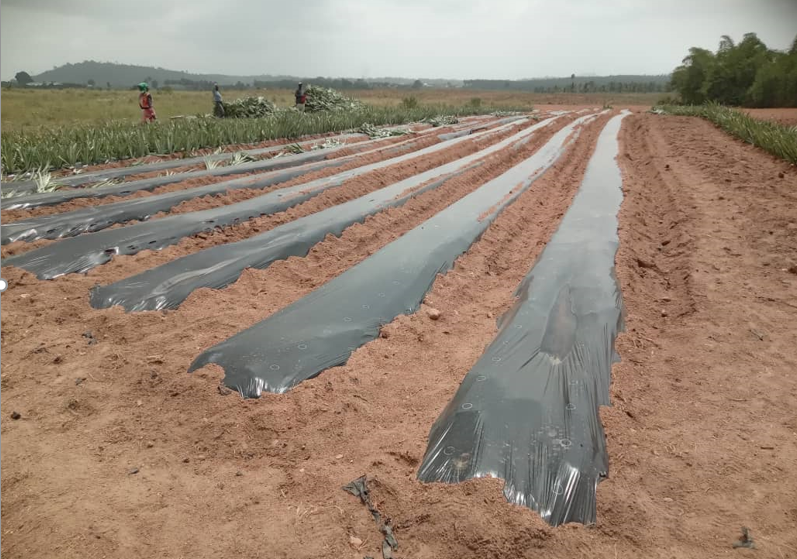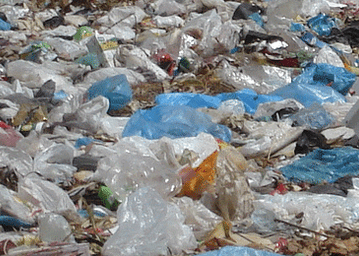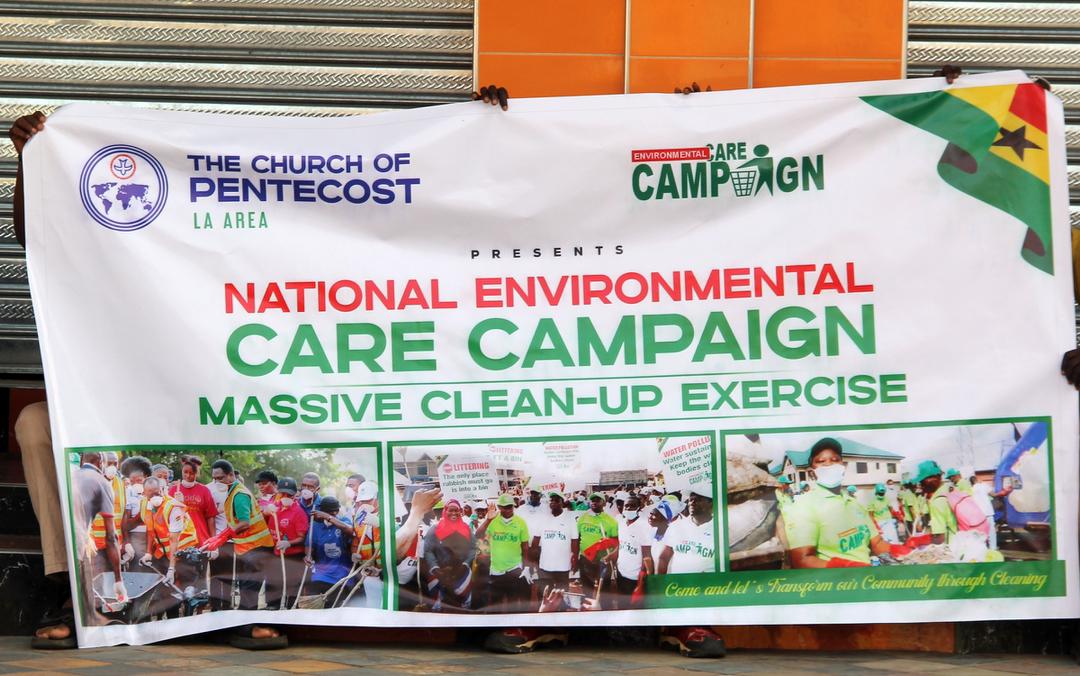
By Sandra Agyeiwaa OTOO
Dr. Rosemary Andersen Akolaa, a lecturer at the University of Environment and Sustainable Development, has called for urgent national action to tackle the growing plastic pollution crisis.
Speaking on the topic ‘Plastic pollution in Ghana: Challenges, solutions and the path forward’ at the 2025 Environmental Sustainability Summit (ESS) in Accra, she warned that plastic waste poses serious threats to health, the environment and economy if not addressed quickly.
The summit was organised by Business & Financial Times (B&FT) in partnership with Access Bank Ghana under the theme ‘Ending plastic waste in Ghana: A sustainable future for all’.
“The plastic pollution crisis continues to worsen, with waste generation increasing across all product categories. Currently, the global recycling rate remains low less than 10% to 16% while nearly 50 percent of plastic waste ends up in landfills,” she stated.
“An estimated 22% to 25% is mismanaged, often leaking into the environment. If urgent interventions are not put in place, plastic waste is projected to exceed 1 billion metric tons annually by 2080 – posing a severe threat to ecosystems and human health,” she added.
She highlighted that plastics take 100 to 1,000 years to decompose, with common types in Ghana being Low Density Polyethylene (LDPE), Polyethylene Terephthalate (PET), Polypropylene (PP), High Density Polyethylene (HDPE) and Polyvinyl Cloride (PVC). Despite the informal sector recovering 129 tonnes weekly, Ghana’s recycling rate remains below 16 percent.
“It was estimated that approximately 129 tonnes of plastic waste is collectively recovered weekly by the informal waste sector actors. The main types of plastics collected are the LDPE, PET, PP. HDPE and PVC. Plastic waste is a persistent pollutant that can take between 100 and 1,000 years or more to decompose,” she mentioned.
She noted that annually, 19-23 million tonnes of plastic waste enter aquatic ecosystems, harming over 1,500 species that ingest or get entangled in plastic debris; causing harm or death.
“Every year, an estimated 19-23 million tonnes of plastic waste leaks into aquatic ecosystems, polluting lakes, rivers and seas. Over 1,500 species are known to ingest plastics or become entangled in plastic debris, leading to injury, suffocation, starvation and death,” she said.
She disclosed that plastics break down into microplastics (less than 5mm) and nanoplastics, contaminating the environment. These tiny particles are ingested by animals and have even been found in human organs like the liver, kidneys and placenta.
Dr. Akolaa also highlighted the gender dimension of plastic waste, saying that women are key players in plastic consumption and waste management at the household level.
“Women generally have a significant role in household plastic consumption and waste generation because they are primarily responsible for purchasing and managing consumer goods, including plastics used in food packaging, cosmetics, care products and storage,” she stated.
She also noted that women often bear greater responsibility for household waste management, including reduction, segregation and recycling, due to traditional gender roles impacting plastic waste generation and handling within households.
She highlighted recent efforts to address plastic waste: including launch of the Policy Blueprint for Plastic Alternatives in April 2025, National Plastic Action Roadmap (2021) and National Plastic Management Policy (2020). Additionally, she mentioned private sector initiatives such as Trashy Bags and Nelplast, local government clean-up efforts and public education campaigns.
Dr. Akolaa advocated a collective effort to tackle plastic waste, urging government to enforce laws and incentivise alternatives; ensure schools integrate waste management into curricula; and academic institutions must lead research and innovation for sustainable solutions, promoting a united national approach to address the plastic menace effectively.
The post Urgent measures needed to avert plastic waste disaster – Dr. Rosemary Akolaa appeared first on The Business & Financial Times.
Read Full Story
















Facebook
Twitter
Pinterest
Instagram
Google+
YouTube
LinkedIn
RSS